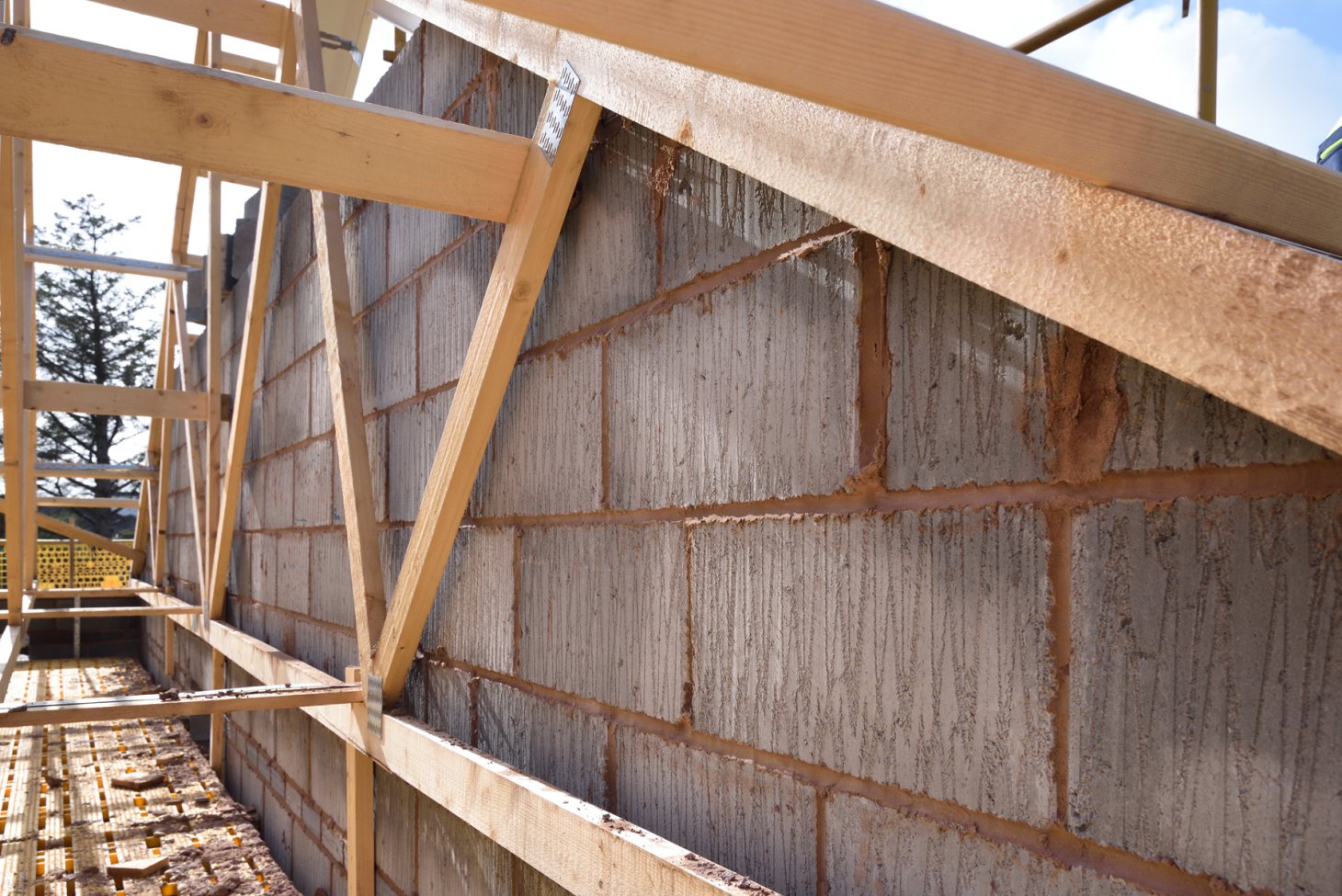
In energy-efficient housebuilding, details matter. One of the most overlooked - but critical - factors in a building’s thermal performance is thermal bridging. That’s where psi value calculations come in.
Psi (Ψ) values measure the heat loss that occurs at junctions between different building elements - like where a wall meets a floor or a roof meets an external wall. Understanding psi values is essential for accurate dwelling heat loss assessments and meeting Part L requirements.
What is a psi value?
A psi value (Ψ-value) quantifies linear thermal bridging - the additional heat loss at junctions in a building envelope. It’s measured in W/mK (watts per metre per kelvin).
In simple terms:
- U-values measure heat loss through a surface (e.g. wall or roof).
- Psi values measure heat loss along a line (e.g. wall-to-floor junction).
These values matter because thermal bridges can account for up to 30% of total heat loss in a poorly detailed building. That means you could meet all the right U-values and still fall short on overall energy performance - just because of junctions.
How are psi values calculated?
Psi values are calculated using thermal modelling software in line with BR497 and the conventions set out in SAP (Standard Assessment Procedure). To get an accurate result, calculations consider:
- The geometry of the junction
- Thermal properties of all involved materials
- Repeating and non-repeating thermal bridges
- Internal and external boundary conditions
This isn’t a quick fix with a spreadsheet - it’s detailed numerical modelling. The psi value represents the extra heat flow through the linear thermal bridge over and above that through the adjoining plane elements (eg walls or floors)
Formula for Psi Value:
While there isn’t a single formula that applies to all junctions, the general approach is:
Ψ = (QT - Σ(Qi)) / L
Where:
- Ψ = psi value (W/m·K)
- QT = total heat flow through the model
- Σ(Qi) = sum of the heat flows through individual flanking elements (walls, floors)
- L = length of the junction in the model (m)
The goal? To isolate the additional heat loss per linear metre attributable to the junction - not just the adjacent walls or floors measured independently.
Why are psi value calculations important?
Getting psi values right matters for several reasons:
- Accurate SAP assessments: Psi values feed directly into SAP calculations used for EPC ratings and compliance with Approved Document L.
- Better thermal efficiency: They help identify junctions where detailing can reduce heat loss.
- Cost-effective compliance: Using known psi values can save time and money versus default values, which are usually pessimistic.
Can I use default psi values?
Yes - but default psi values tend to be worst-case scenarios. They assume less-than-optimal detailing, which inflates the calculated heat loss and could undermine your Part L compliance.
That’s why more housebuilders, contractors, and energy assessors are turning to independently calculated psi values for accuracy.
Free psi value calculations from H+H
H+H has created a comprehensive library of over 3,300 independently calculated psi values for junctions using our Celcon Blocks. These values:
- Conform to both BR497 (2016) and IP 1/06
- Reference drawn H+H construction details available in CAD or PDF format
- Cover a wide range of junction types
- Are free to download
You can access the full set of psi value calculations via our Technical Portal:
https://www.hhcelcon.co.uk/technical-portal/calculating-thermal-bridging
This resource makes it easy to build confidently with Celcon Blocks - knowing that thermal bridging has been properly accounted for.
FAQs
How to calculate psi values?
You calculate psi values using thermal modelling software, inputting:
- Junction geometry
- Material conductivity
- Boundary conditions
This gives the total heat flow, from which you subtract heat flow through individual flanking elements to isolate the linear thermal bridge.
What is the formula for psi?
As noted earlier, the simplified formula is:
Ψ = (QT - Σ(Qi)) / L
This isolates the additional heat loss along a junction line.
Do I need to calculate my own psi values?
Not always. If you're using H+H Celcon Blocks, you can often use one of the 3,300 pre-modelled psi values available for free. These are suitable for many standard junction details and can be inserted into your SAP assessments directly.
Next steps for your project
Psi value calculations are no longer a nice to have - they’re a core part of achieving energy-efficient design and complying with tightening Building Regulations.
If you're still relying on default values or ignoring thermal bridging entirely, you may be compromising compliance. With H+H’s extensive psi value database, you have the tools you need - free, accurate, and ready to use.